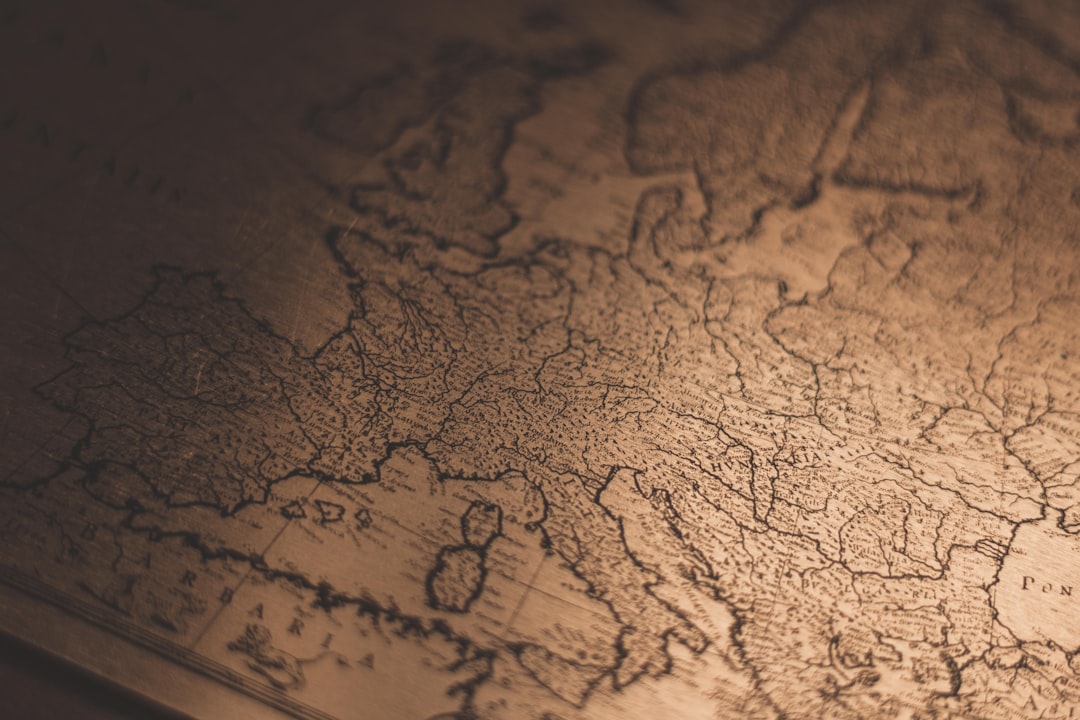What is it about?
I argue that despite the optimism about how the Voortrekker Monument could be turned around to become a more inclusive site and to allow for iconoclastic ways of being an Afrikaner (as envisaged by Annie Coombes), the Monument has retained its old ideological aspect and function.
Featured Image
Why is it important?
The transformation of old monuments is an important subject for debate - and action - in contemporary South Africa. I think that the function of the Voortrekker Monument, despite its very sound treatment at the hands of art/visual historians and Marxist historians, is often misunderstood. It is not the representative of 'Afrikaner culture' in the kind of depoliticised way it is summoned by tour guides. It is an integral part of the history of the ascension of the National Party and apartheid. Nor has it passed into obsolescence with the embourgeoisement of its constituency - namely Afrikaners who were relatively disadvantaged by the dominance of English capital in the early twentieth century, as Albert Grundlingh has argued. The Voortrekker Monument continues to play a deeply political role, disseminating the story of Afrikaners as the only slightly better off victims of the imperialism that dispossessed and marginalised so many Africans.
Perspectives
I really enjoyed writing this paper, which was prepared for the 'Thirty Something' birthday of the History Workshop at Wits University. In 1992 I organised a conference on Monuments, Museums and Myths for the History Workshop to think about issues of transformation in this sector. The poster designed by well-known South African artist Penny Siopis featured the Voortrekker Monument being pulled down by a group of people on one side, while another, slightly smaller group tried to wrest it back into its position. It was very exciting to re-enter the arguments about what should happen/what has happened to monuments associated with apartheid three decades after my first foray into the area.
Dr Cynthia C Kros
Wits
Read the Original
This page is a summary of: Public History/Heritage: Translation, Transgression or More of the Same?1, African Studies, March 2010, Taylor & Francis,
DOI: 10.1080/00020181003647207.
You can read the full text:
Contributors
The following have contributed to this page










